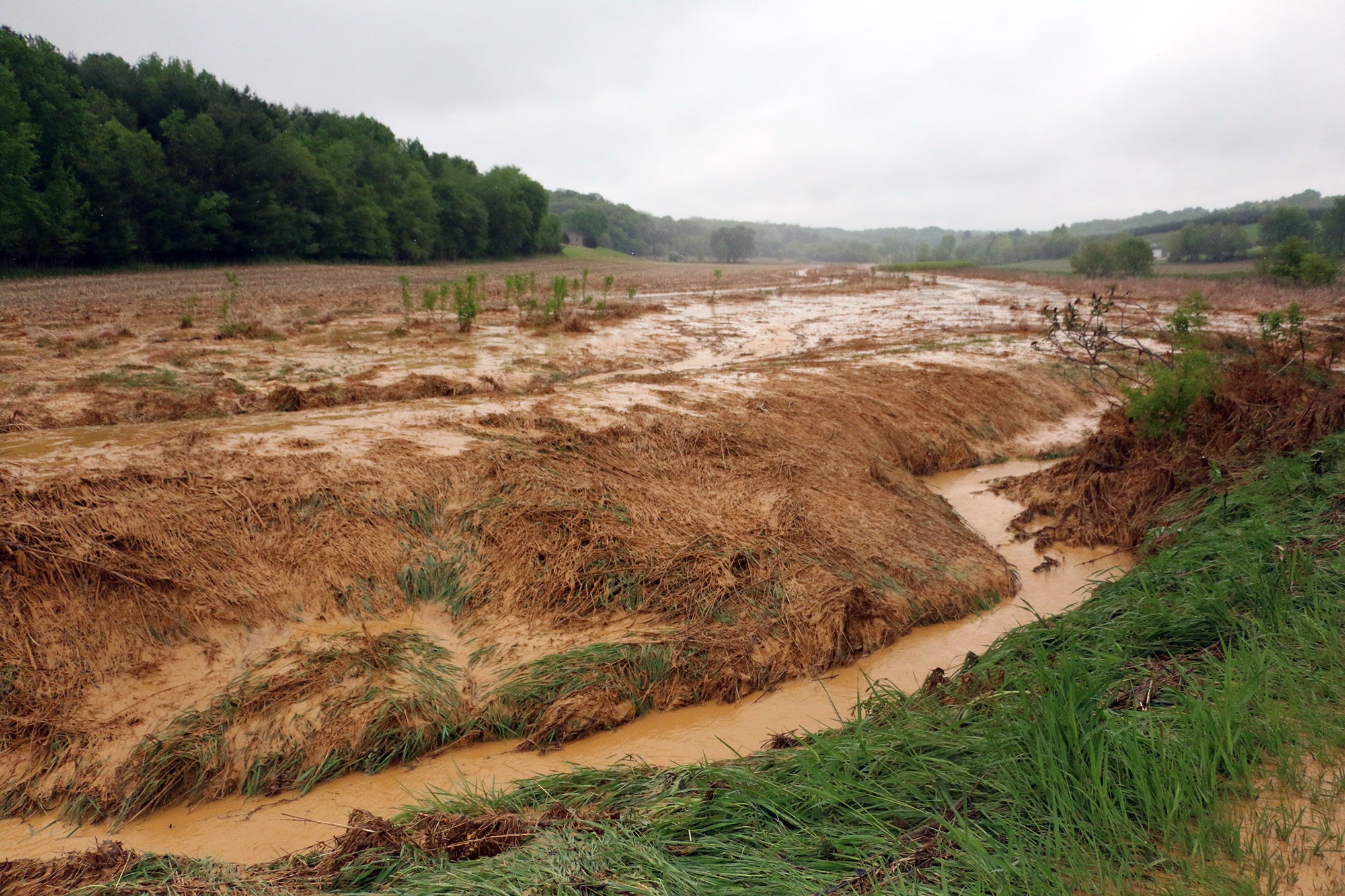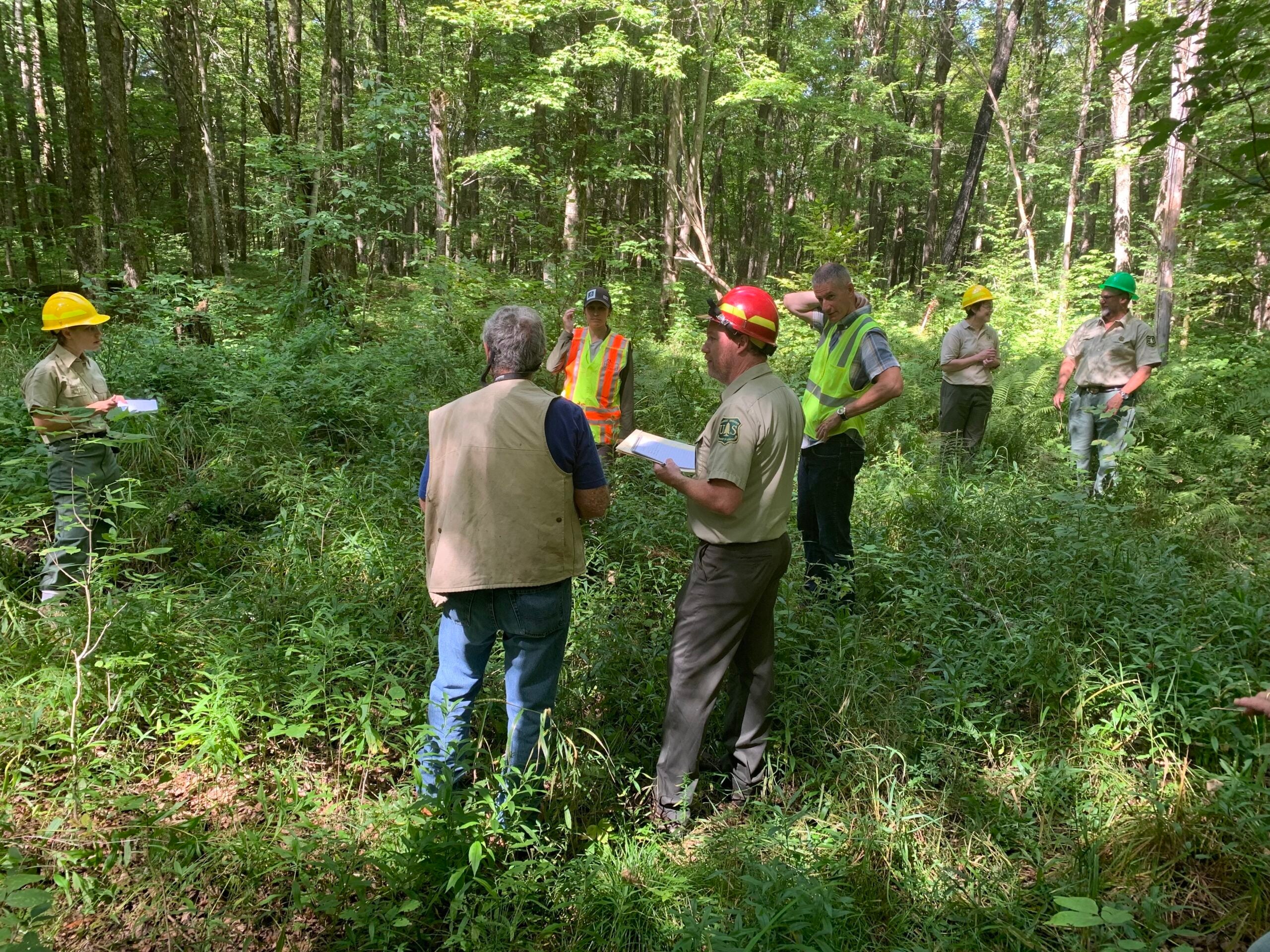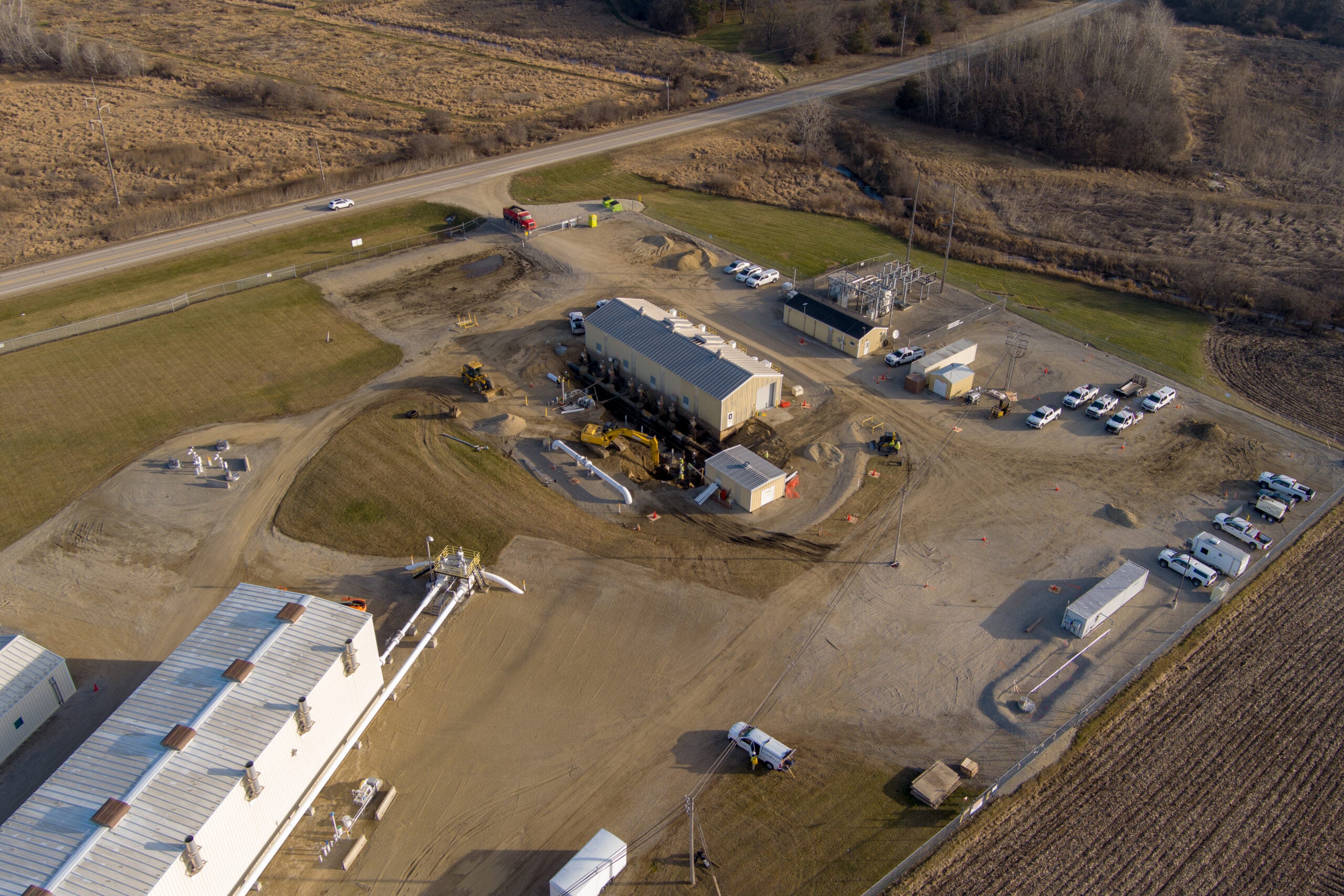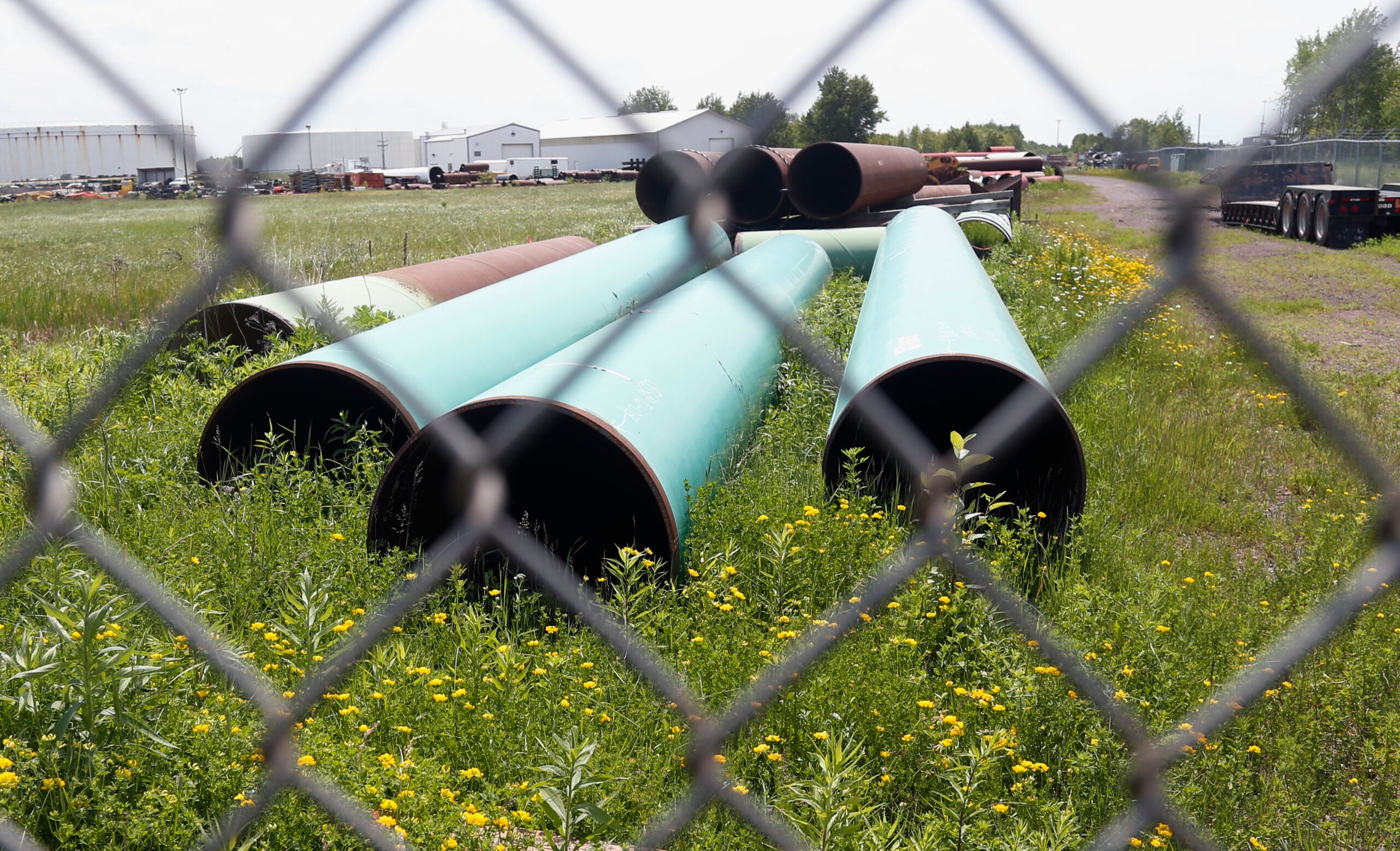A creek inundated with 10 million gallons of water from a Trempealeau County frac sand mine had toxic levels of copper two days after the spill, according to test results released this week by the Wisconsin Department of Natural Resources.
The test results from the DNR also showed higher levels of metals along the Trempealeau River than samples taken at the same time but upriver from where sediments from Hi Crush Proppants entered the water.
The latest round of DNR water sample test results were taken May 23, two days after Hi-Crush drained a holding pond filled with water used to wash frac sand in order to save a worker trapped underwater for two and a half hours.
Stay informed on the latest news
Sign up for WPR’s email newsletter.
Samples were taken where the spill entered an unnamed creek and along the Trempealeau River, which is fed by the creek, according to the DNR. An email from DNR spokesman Jim Dick said that overall metal concentrations were lower than in samples taken the day of the spill but there were detections down river.
“While concentration levels were still higher than those found in the portion of the creek not impacted by the spill, none of the levels, with one exception, exceeded the toxicity criteria in ch. NR 105,” said Dick.
NR 105 is the state statute setting toxicity standards for surface water.
“The total recoverable copper result at that location did exceed the criteria in ch. NR 105,” said Dick. “Our analysis shows, however, that much of the copper was attached to the suspended solids and not dissolved in the water where it could affect aquatic life. Dissolved copper was not detected in the sample.”
An initial statement from the DNR sent on June 4 said, “Preliminary monitoring data so far indicate that there is no immediate toxicity. There was no fish kill observed and dissolved oxygen levels remain good.”
But when the first results processed by the Wisconsin State Lab of Hygiene were released by the DNR two days later, it showed concentrations of arsenic, lead, aluminum and copper where the spill entered the creek well above state toxicity standards for surface water.
Retired DNR Water Resources Supervisor Paul LaLiberte analyzed the May 23 test results and said there were detectable levels of metals, including copper, below where the unnamed creek flows into the Trempealeau River.
“The results that I saw support the contention that the metals are moving stuck on the soil particles and they’re not in the dissolved state, which means they’re less susceptible to cause toxicity because they’re bound to the soil particles,” LaLiberte said.
That means, he said, the elevated heavy metals will likely remain trapped on the bottom of the creek and Trempealeau River unless it’s washed down the Mississippi River.
The Trempealeau County Health Department issued a press release June 8 urging residents to avoid areas where orange sediment from the spill is present and rinse off after wading or swimming.
The metals present in the Hi-Crush spill are naturally occurring in the sandstone deposits being mined to produce sand used in hydraulic fracture drilling for oil and natural gas.
Wisconsin Public Radio, © Copyright 2025, Board of Regents of the University of Wisconsin System and Wisconsin Educational Communications Board.



